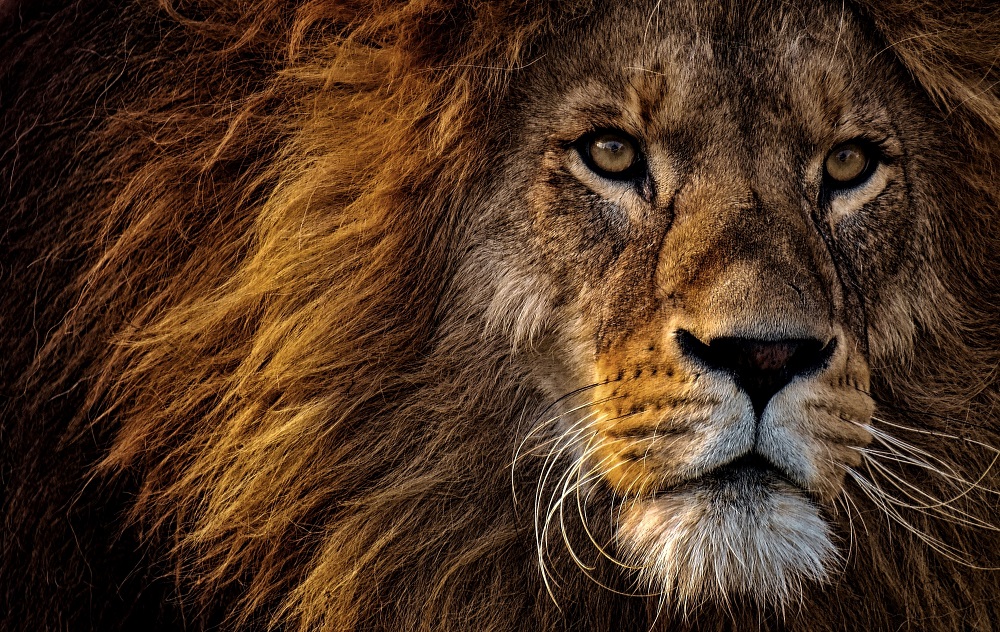Fossil hunting is one of the most popular hobbies in America, but it also requires a little bit of know-how as well. You see, it’s not as simple as just spotting a fossil in the ground and picking it up with your bare hands – in fact, there are many different tools that you can use to make your search more productive and enjoyable. And in this article, we’re going to talk about those tools before digging into the top four purposes they serve. So without further ado, let’s get started!
What is a Fossil?
Fossils are the remains or imprints of plants, animals, and other organisms from the past. They can be found in sedimentary rock, which is formed when layers of sand, silt, and mud build up over time and harden.
Fossils are important because they give us a window into the past. By studying fossils, we can learn about the history of life on Earth and how different species have evolved over time.
There are many different tools that fossil hunters use to find and study fossils. These tools include picks, hammers, chisels, brushes, and magnifying glasses.
Picks and hammers are used to break open rocks to look for fossils inside. Chisels can be used to remove fossils from their rock matrix (the surrounding rock). Brushes are used to clean off dirt and debris from fossils so that they can be studied more closely. Magnifying glasses help us see small details on fossils that we might otherwise miss.

How Do Fossils Come to Be?
Fossils are the remains of plants or animals that have been preserved in rock. Most fossils are found in sedimentary rock, which is formed when sand, silt, and other materials are deposited by wind, water, or ice. Over time, the sediments build up and harden into rock. The plant or animal remains can be preserved as fossils in the rock if they are not destroyed by chemicals, heat, or pressure.
Fossils can be formed in a number of ways. The most common is when an organism is covered by sediment and the sediment hardens into rock before the organism can decay. This process can take place over a long period of time, which is why most fossils are of extinct organisms.
Another way fossils can be formed is through permineralization. This occurs when minerals from groundwater replace the original cells of an organism after it dies. This process happens relatively quickly and can preserve even delicate details such as tissue structure.
A third way fossils can be formed is through molds and casts. A mold forms when an organism decomposes and leaves an empty space in the sediment that takes on its shape. A cast forms when sediment fills in the space left by a mold and hardens around it. These types of fossils are less common than those created by permineralization or preservation, but they can provide detailed information about an organism’s size and shape.
When Do We Find Fossils?
When it comes to finding fossils, there are a few different tools that can be used in order to make the process a little easier. Here are some of the top tools that fossil hunters use and why they use them:
1. Metal detectors – Metal detectors are often used by fossil hunters as they can help to locate buried fossils. In addition, metal detectors can also be used to determine the depth of the buried fossil, which can be helpful in knowing how difficult it will be to excavate.
2. Geological maps – Geological maps can be extremely helpful for fossil hunters as they provide information on where certain types of rocks and minerals are located. This information can be used to narrow down the search area for potential fossils.
3. Rock hammers – Rock hammers are another tool that is commonly used by fossil hunters. These hammers are used to break apart rocks in order to search for fossils that may be hidden inside.
4. Chisels – Chisels can also be used to break apart rocks, but they are more precise than rock hammers and can therefore be used to remove smaller pieces of rock without damaging any potential fossils that may be inside.
5. Dustpans – Dustpans are often used by fossil hunters in order to sweep up small pieces of rock and dirt that may contain fossils. This way, the fossils can be sorted through later without having to sift through a lot of material.

Why use Tools to Find Fossils?
Tools are an important part of the fossil hunting process. They help us to identify, collect and transport fossils. There are many different types of tools that can be used for fossil hunting, but some are more essential than others. Here are the top tools that fossil hunters use and why:
1. Hammocks – Hammocks are often used by fossil hunters to protect themselves from the sun and heat while they search for fossils. They also provide a comfortable place to take breaks during long days of hunting.
2. Shovels – Shovels are necessary for excavating fossils from the ground. Fossil hunters usually carry multiple shovels of different sizes to accommodate different digging conditions.
3. Brushes – Brushes are used for gently cleaning dirt and debris from fossils. Soft brushes made of natural materials like horsehair are best so as not to damage the delicate fossils.
4. Chisels – Chisels can be used for breaking up rocks around fossils in order to extract them more easily. However, great care must be taken not to damage the fossils with the chisel.
5. Wheelbarrows – Wheelbarrows come in handy for transporting heavy loads of fossils back to the car or campsite after a long day of hunting.
Types of Tools Used as a Fossil Hunter
There are many different types of tools that fossil hunters use in order to find and collect fossils. Some of the most common tools include:
-Shovels: Shovels are used to dig up sediment in order to reach fossils that may be buried beneath the surface.
-Picks: Picks are used to break up rocks and loosen sediment so that it can be removed more easily.
-Chisels: Chisels are used to carefully remove fossils from the surrounding rock matrix.
-Magnifying glasses: These are used to get a closer look at potential fossils in order to identify them.
Fossil hunters also use a variety of measuring devices, such as tape measures and calipers, in order to record the size and shape of their finds.






